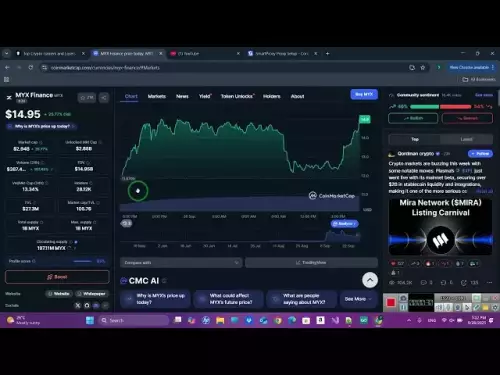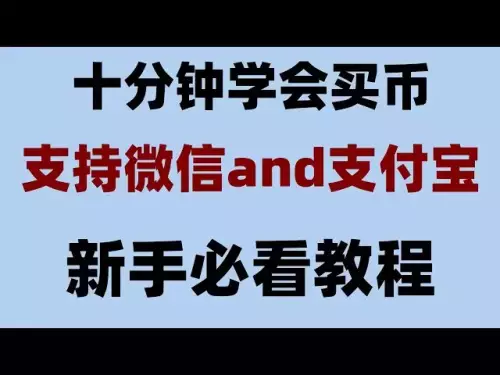Gate launches its Layer 2 network, Gate Layer, offering high-speed, low-cost transactions, and EVM compatibility. Is this the future of Web3 adoption?

The world of blockchain is constantly evolving, and the latest buzz is all about Layer 2 networks. With the rise of decentralized applications (dApps) and the increasing demand for faster and cheaper transactions, Layer 2 solutions are becoming increasingly important. Gate.io has officially launched Gate Layer, their solution to this ever growing problem.
Gate Layer: A Game Changer?
Gate has officially launched Gate Layer, a high-performance Layer 2 network designed to tackle the persistent issues of high gas fees and slow transaction speeds. By leveraging advanced Layer 2 scaling technology, Gate Layer processes most activity off the main chain, ensuring faster speeds, reduced costs, and robust security. Built on the OP Stack and secured by GateChain, it boasts full compatibility with the Ethereum Virtual Machine (EVM), offering developers a seamless transition and a high-efficiency, low-cost on-chain experience.
Ultra-Low Transaction Costs
One of the standout features of Gate Layer is its incredibly low transaction costs. According to Gate, processing one million transfers on Gate Layer costs less than $30. To put that into perspective, the same number of transfers would cost approximately $700 on Base, $2,000 on BSC, and $1,000 on Solana. This cost efficiency could be a major draw for users and developers alike.
'All in Web3' Strategy
Gate Layer is the cornerstone of Gate’s “All in Web3” strategy, which aims to support the full lifecycle of Web3 users. As part of this initiative, Gate is launching three flagship products to enhance its ecosystem. GateToken (GT) will serve as the exclusive gas token for Gate Layer, maintaining its dual burn mechanism. Impressively, over 180 million GT, more than 60% of the 300 million supply, have already been permanently burned as of Q2 2025, further solidifying its value proposition.
GateChain Enhancements
GateChain has also undergone a significant upgrade to consensus v1.20, strengthening its role as the settlement layer for Gate Layer. Key improvements include support for blob transactions (EIP-4844), an updated EVM to Cancun, support for 12 more EIPs, and RPC improvements. These enhancements ensure a more robust and efficient network.
The Growing Trend of Layer 2s
Gate is not alone in recognizing the potential of Layer 2 networks. Major exchanges like Coinbase (with Base) and OKX (with X Layer) have already launched their own Layer 2 solutions. With Gate Layer entering the arena, the competition among exchange-backed Layer 2 networks is heating up, paving the way for increased Web3 adoption.
Final Thoughts
Gate Layer's arrival signals a pivotal moment for Web3, promising faster, cheaper, and more efficient blockchain interactions. As competition intensifies among exchange-backed Layer 2 networks, users stand to benefit from increased innovation and accessibility. Keep an eye on Gate Layer as it continues to evolve and shape the future of decentralized technology!











































































